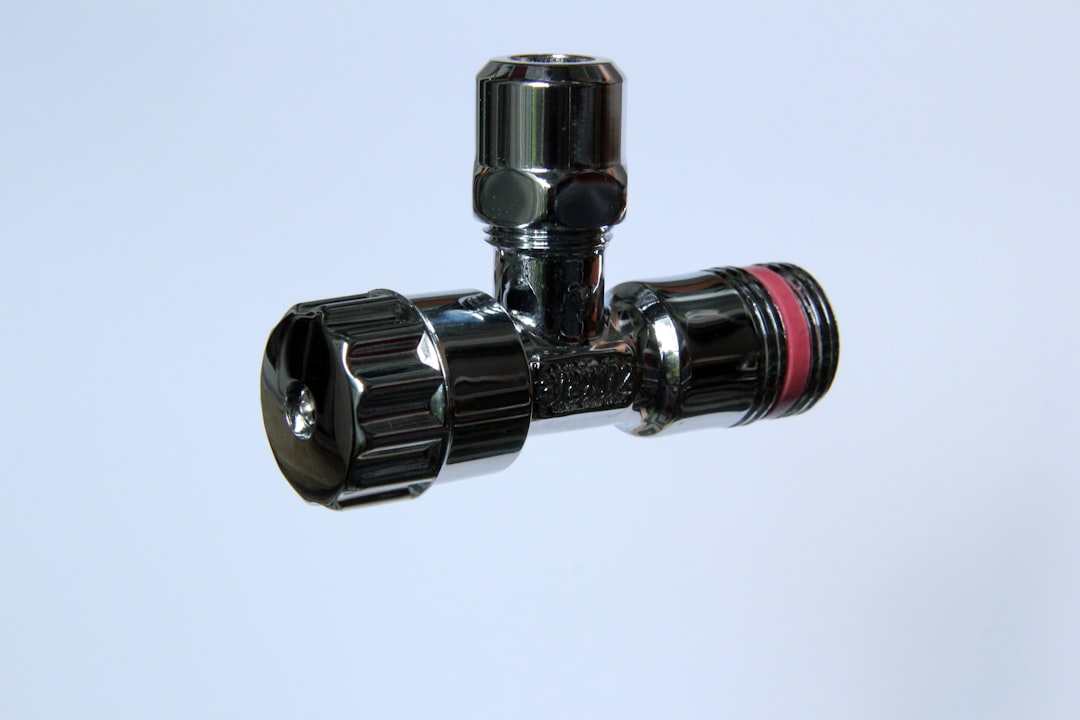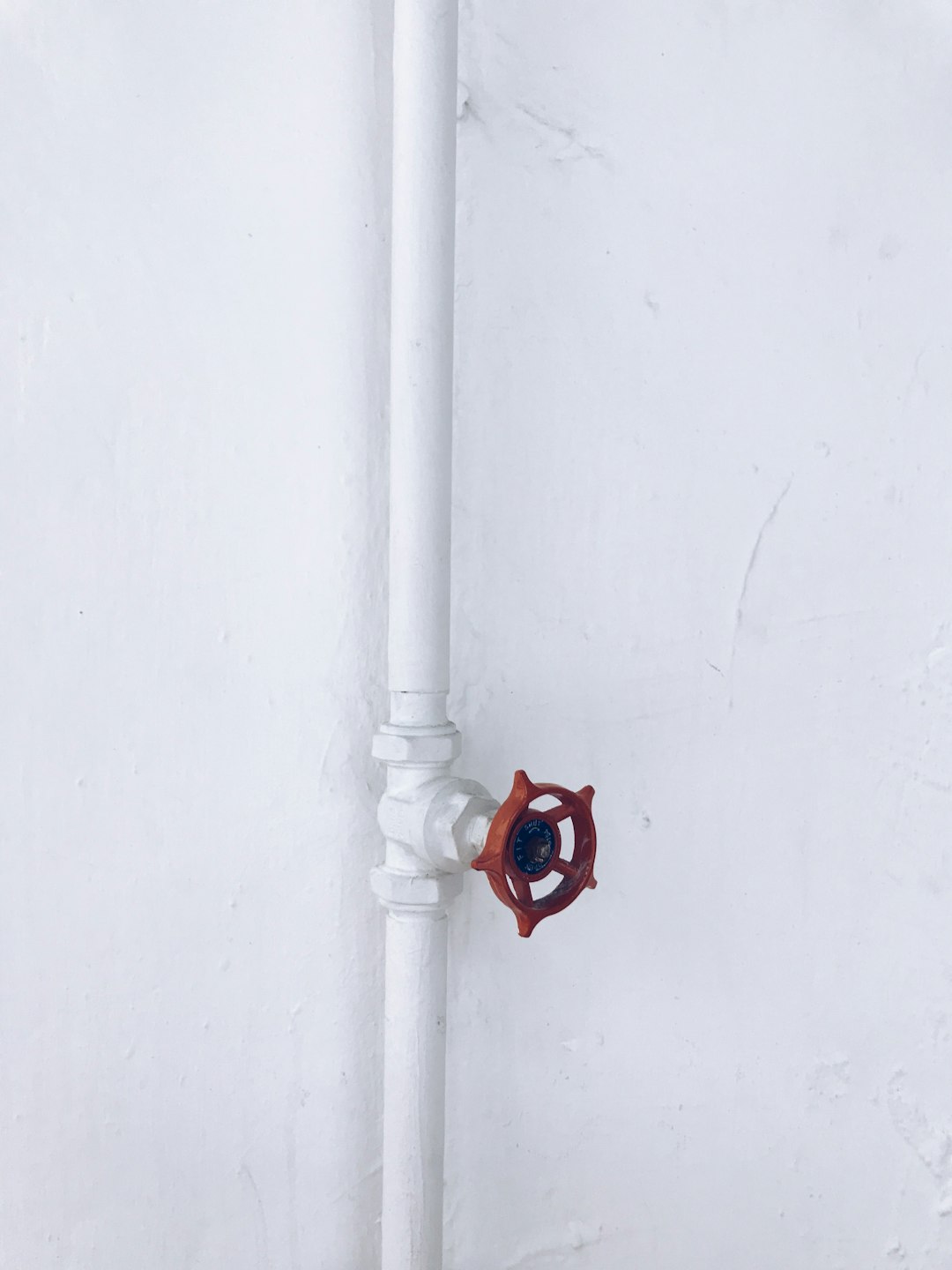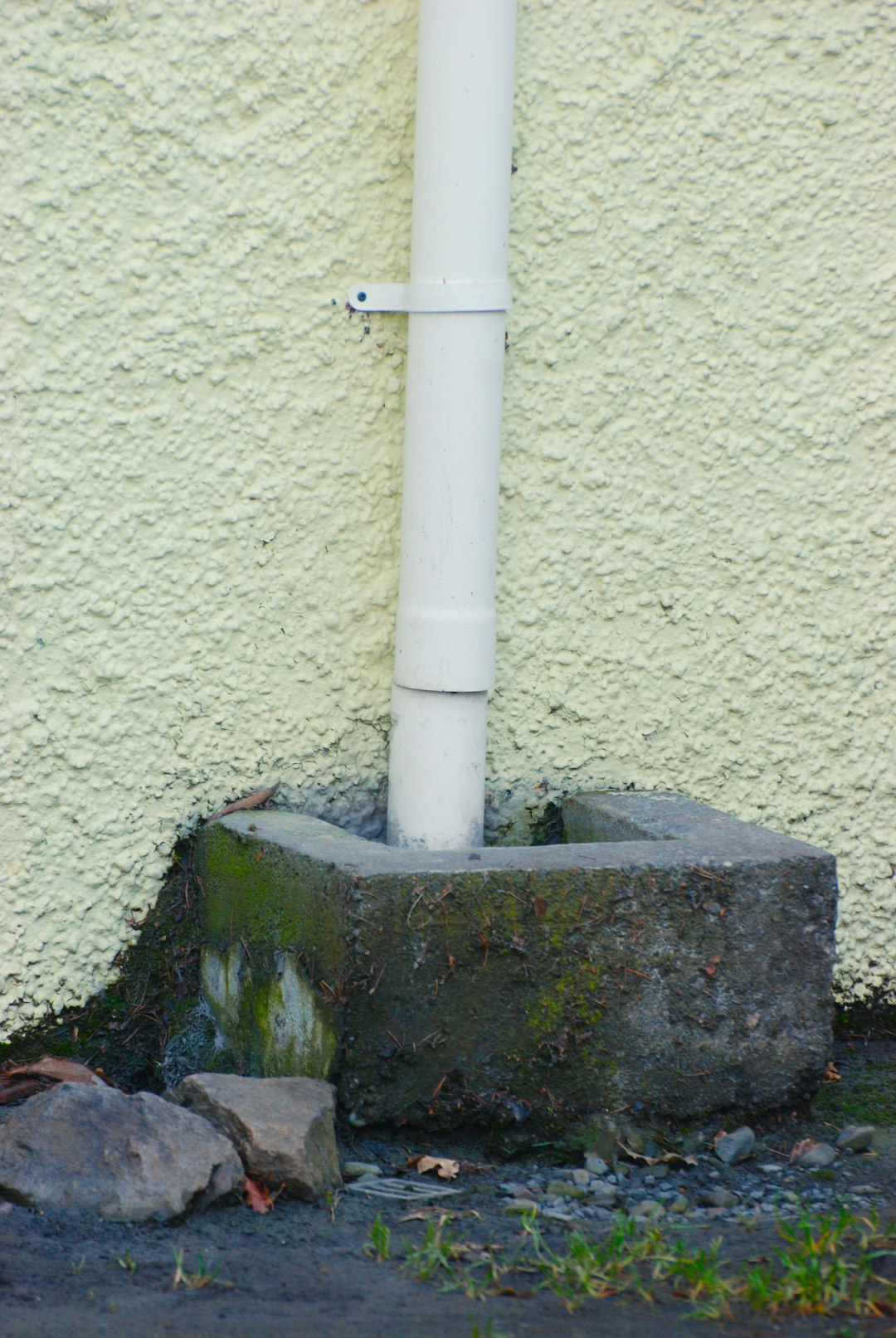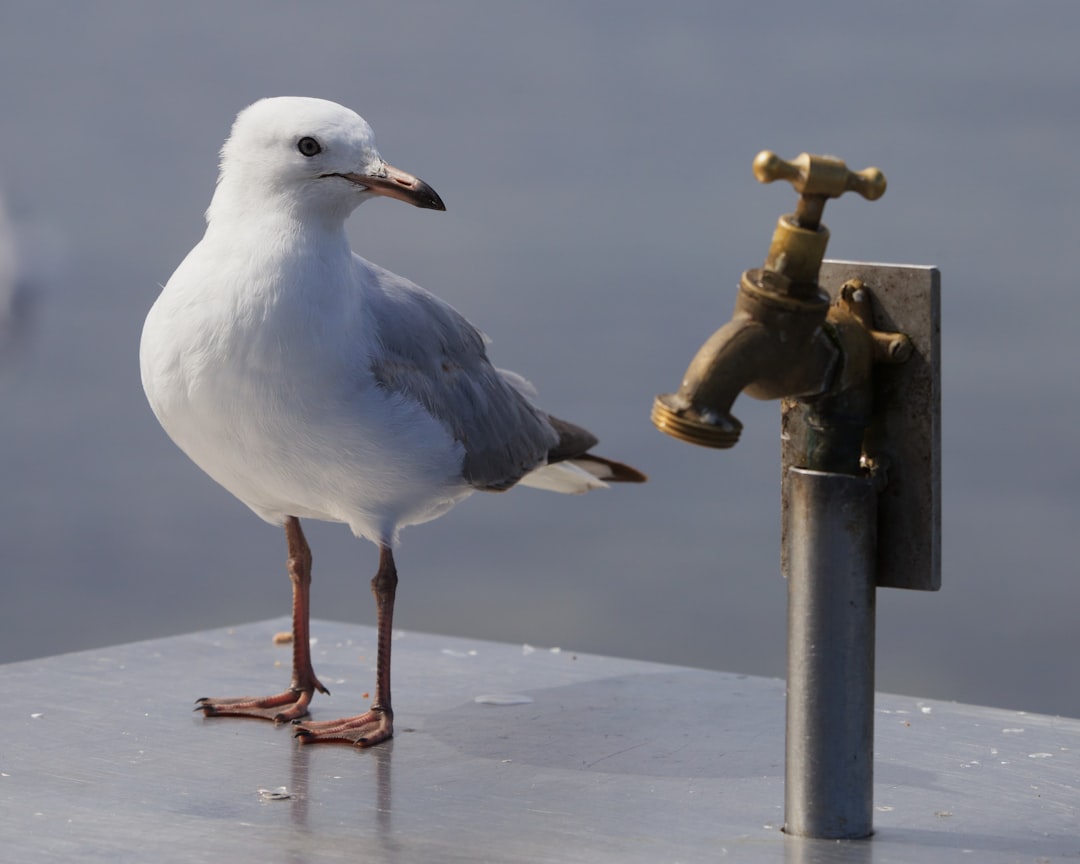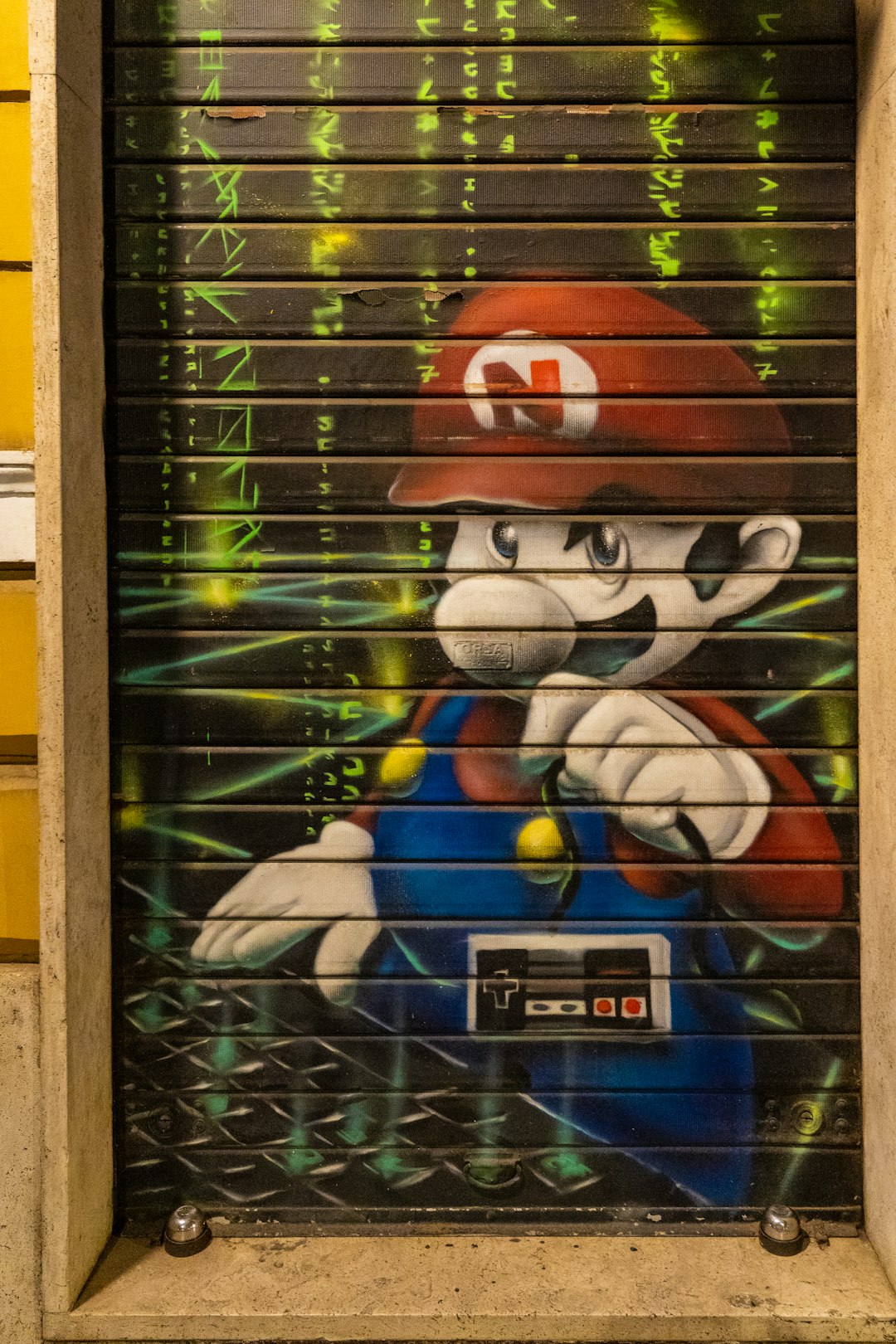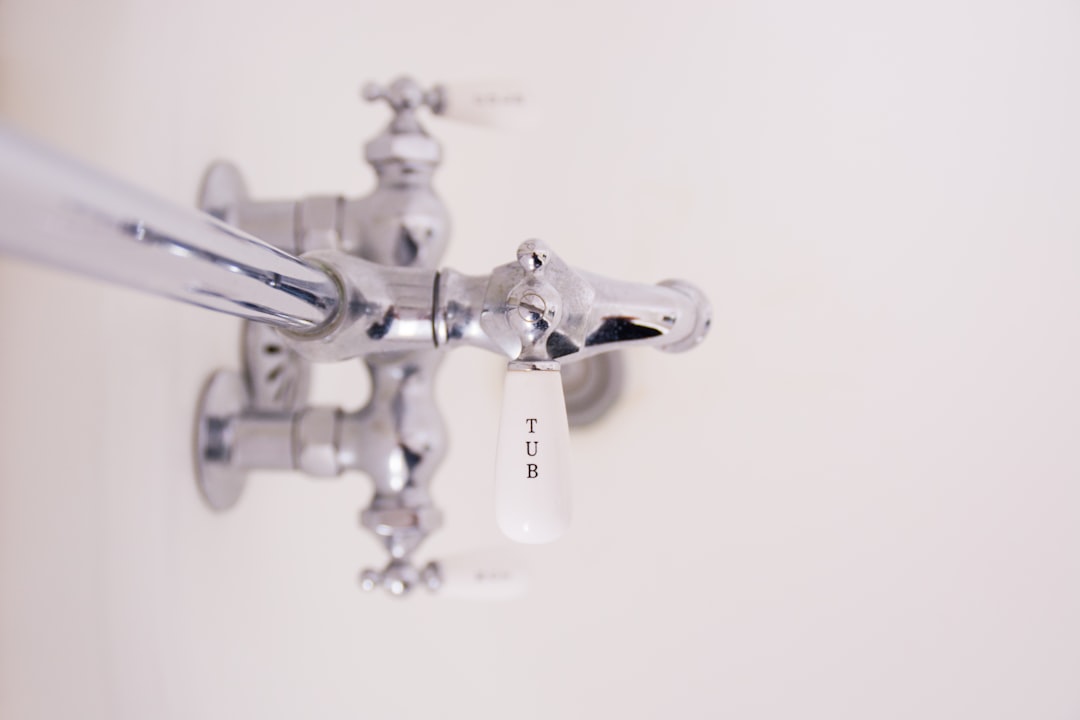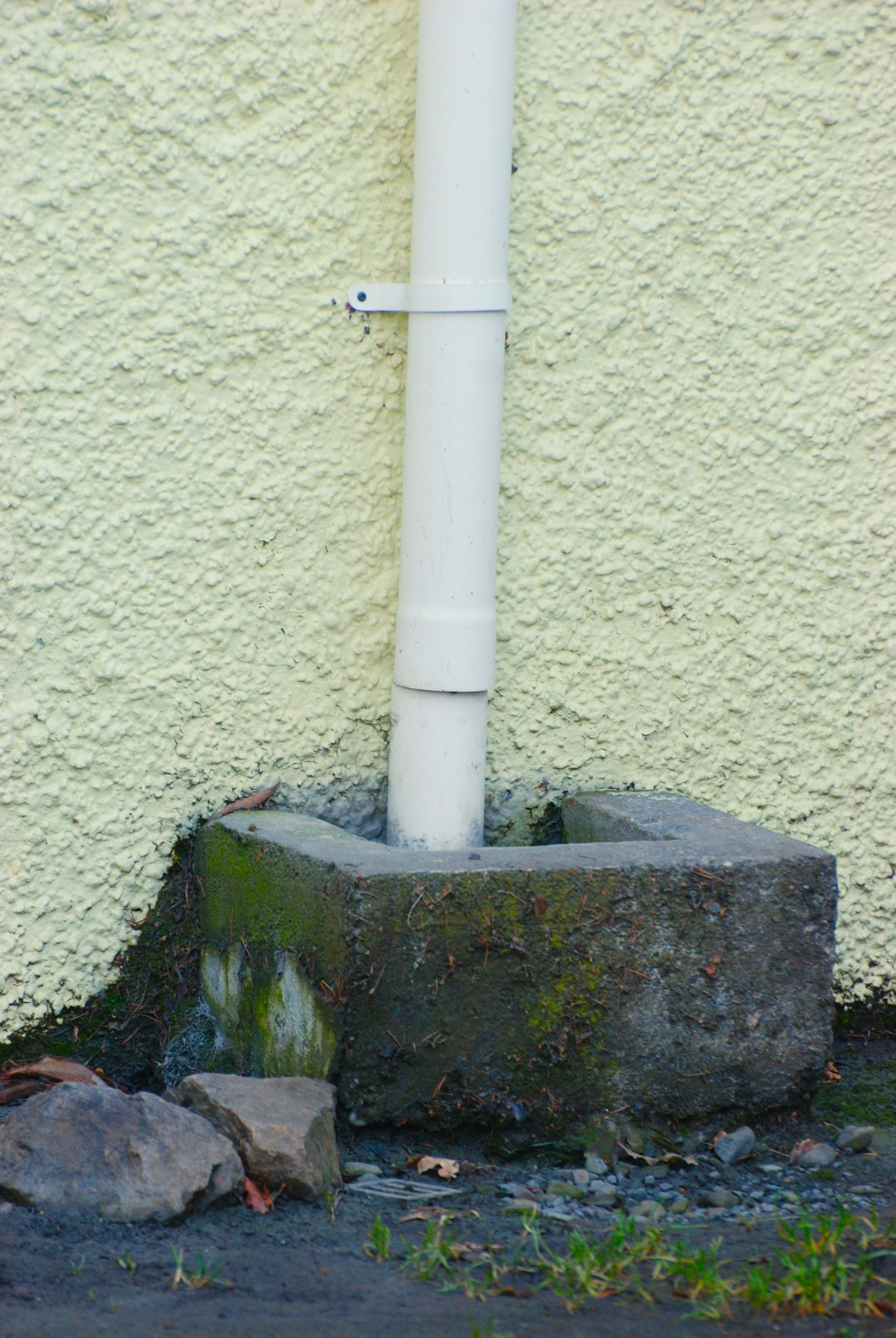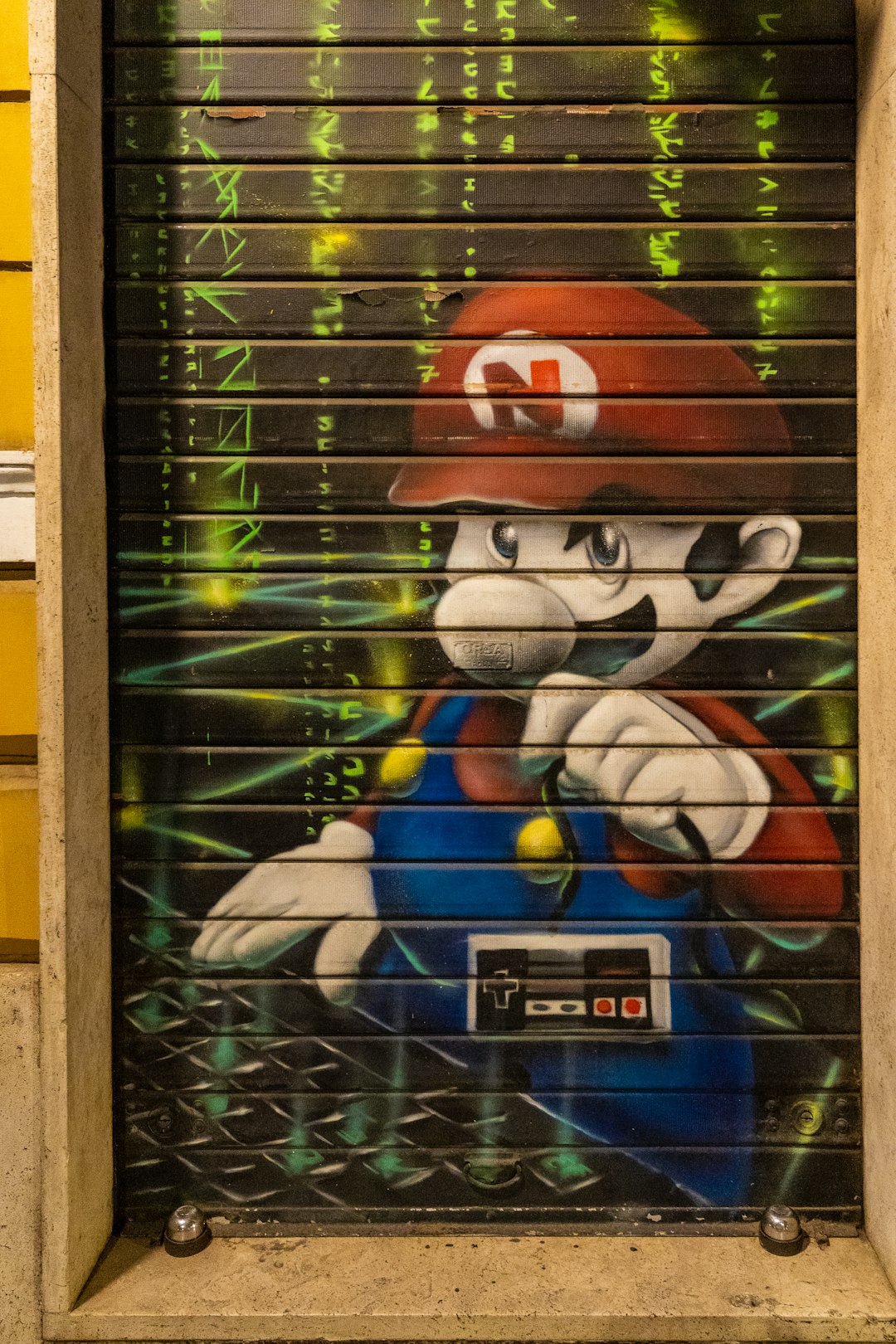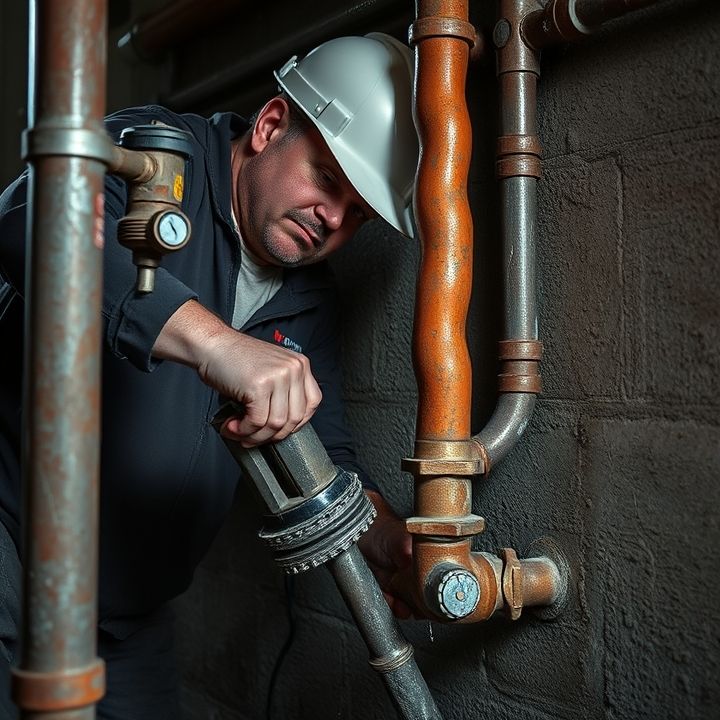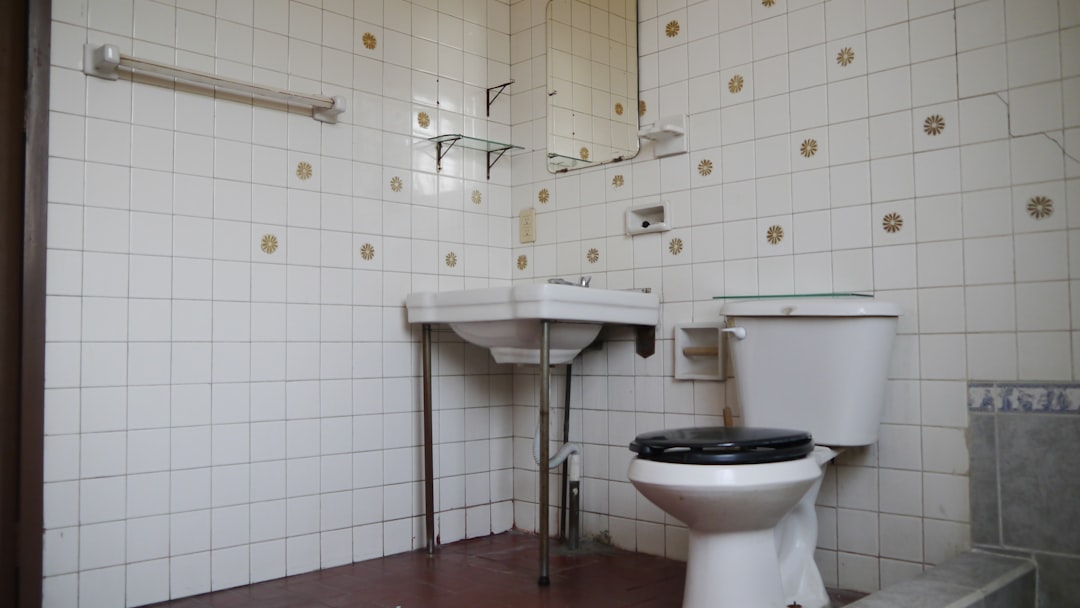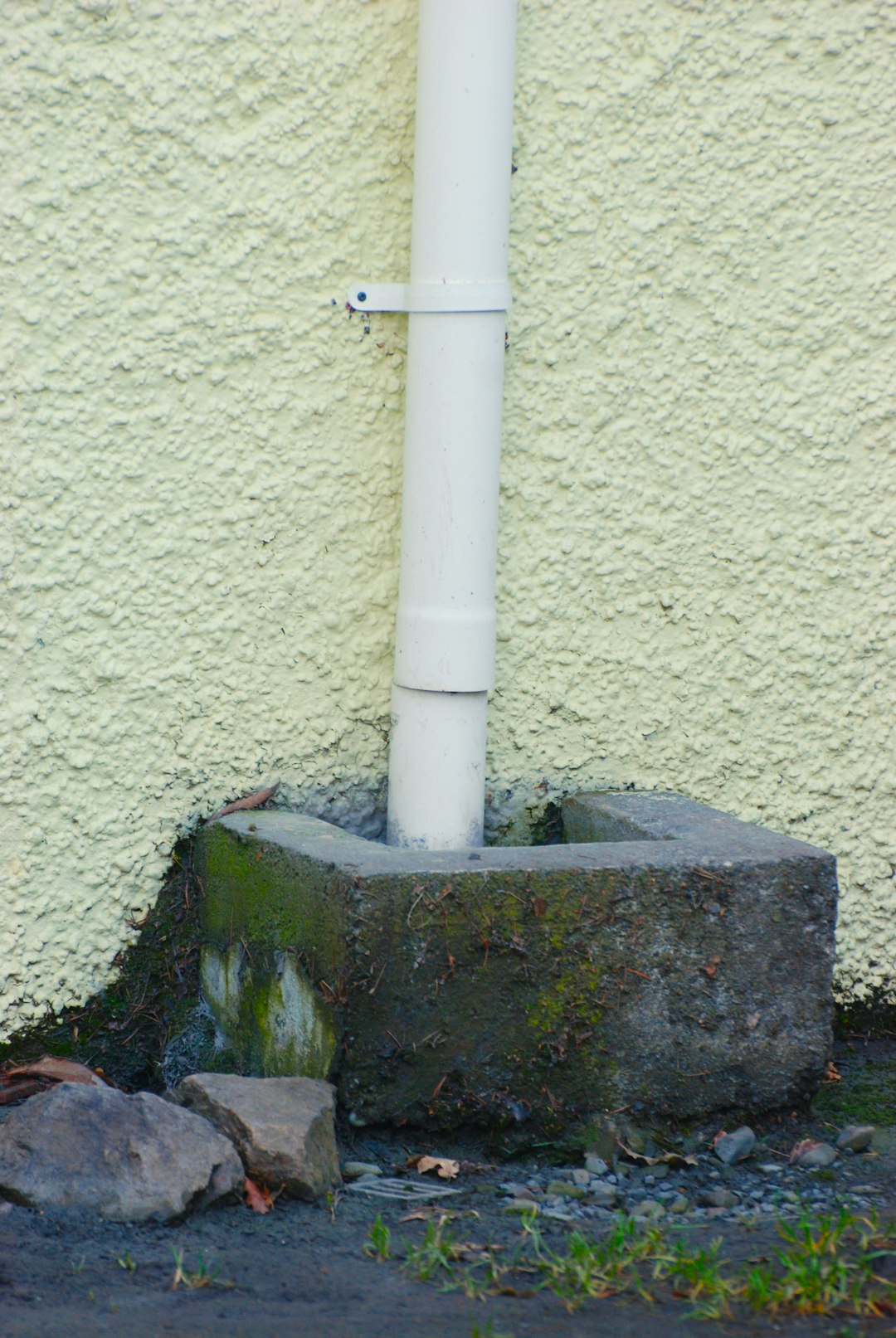Table of Contents
- Introduction
- Unpleasant odors resembling rotten eggs or sulfur
- Visible bubbles or gas forming in drains
- Frequent sewage backups in plumbing fixtures
- Unexplained increases in utility bills
- Deterioration of plants or vegetation near sewer lines
- Skyrocketing humidity levels or strange moisture in the house
- Signs of corrosion or rust on plumbing fixtures
- Presence of dead pests or insects near the source of the leak
- Conclusion
- Frequently Asked Questions
Introduction
Imagine waking up to an unusual, foul odor permeating your home, or the symptoms of headaches and nausea lingering in the air. These could be alarming signs of a sewer gas leak—an issue often overlooked until it becomes a serious health hazard. Sewer gas, a byproduct of decomposing waste, can leak into homes for various reasons, from faulty plumbing to deteriorating sewer lines. It’s essential to be vigilant and recognize the early indicators of this hidden danger that could jeopardize your health and property.
In this article, we will guide you through the key signs of a sewer gas leak, empowering you with the knowledge to identify it before it escalates. Understanding these warning signs not only keeps you informed but also safeguards your loved ones from unnecessary risks.
So, let’s delve deeper into the unseen world of sewer gas leaks, uncovering the symptoms that may be lurking beneath your everyday habitat.
Unpleasant odors resembling rotten eggs or sulfur
One of the most recognizable signs of a sewer gas leak is the presence of unpleasant odors that resemble rotten eggs or sulfur. This strong, sulfuric smell is a result of hydrogen sulfide gas, which is a byproduct of decaying organic matter found in sewage. Homeowners and inhabitants should take this odor seriously, as it could indicate a significant leak in the plumbing system.
If you notice this foul smell, it may not only be unpleasant but could also pose health risks. In small concentrations, hydrogen sulfide gas can lead to irritation of the eyes, nose, and throat, while larger amounts can be extremely dangerous. Additionally, the odor may not always be constant; it can fluctuate depending on factors such as changes in temperature or humidity.
Timely identification of this odor can be crucial in preventing further complications. Seeking professional help to detect and repair the source of the sewer gas leak is advisable, ensuring the safety and health of all residents.
Visible bubbles or gas forming in drains
One of the key indicators of a sewer gas leak is the presence of visible bubbles or gas forming in drains. This phenomenon often occurs when there is a disruption in the plumbing system, which can lead to a buildup of gases from decomposing waste. When drainage systems are functioning properly, the water traps in the pipes act as a barrier, preventing sewer gases from entering the home. However, if the water in the traps evaporates or if there is a blockage, it can lead to a noticeable release of gas.
Visible bubbles may appear to rise from the drain, which can be unsettling and should not be ignored. This is particularly common in sinks, bathtubs, and toilets. Bubbles may be accompanied by an unpleasant odor, further indicating the presence of sewer gas. Homeowners should be vigilant about any changes in their plumbing and take immediate action if such signs appear, as inhaling sewer gas can pose health risks.
Frequent sewage backups in plumbing fixtures
Frequent sewage backups in plumbing fixtures can be a significant indicator of serious plumbing issues, potentially including a sewer gas leak. When you notice that multiple fixtures in your home are backing up at irregular intervals, it suggests that there may be a blockage in the sewer line or the plumbing system. These backups are often accompanied by foul odors, which can signal that sewage is not draining correctly and gases are escaping.
The primary culprits behind these backups can range from tree roots infiltrating the sewer lines to grease buildup or foreign objects obstructing the pipes. In some cases, the backups may be sporadic, while in others, they can occur consistently over a short period. Additionally, flush toilets and household drains may all back up at the same time, indicating a larger systemic issue rather than isolated plumbing problems.
If the frequency of these backups increases, it is crucial to contact a plumbing professional immediately to assess the situation. Early intervention can prevent more extensive damage and potentially hazardous situations, ensuring the safety and functionality of your home’s plumbing system.
Unexplained increases in utility bills
An unexplained increase in utility bills can be a significant indicator of a sewer gas leak. If you notice a sudden rise in your water, gas, or electricity bills without any apparent reason, it is essential to investigate further. Sewer gas leaks may lead to the increased need for heating, ventilation, or even water use if leaks occur in plumbing.
For example, if sewer gas is escaping, you might run your air conditioning more frequently to mitigate unpleasant odors, resulting in higher electricity bills. Similarly, if a leak causes water to seep into the walls or foundation, your water bill could spike as the system tries to compensate for the additional usage.
Monitoring your utility bills regularly can help you spot unusual patterns. By keeping an eye on your expenses and comparing them to previous months, you can identify significant deviations that may warrant further investigation. If you suspect that your bills have risen due to a sewer gas leak, it is prudent to consult a professional to assess your plumbing and ensure there are no hidden leaks.
Deterioration of plants or vegetation near sewer lines
The deterioration of plants or vegetation near sewer lines can be a significant sign of a potential sewer gas leak or other plumbing issues. Plants are highly sensitive to changes in their environment, and the presence of toxic gases or chemicals can adversely affect their health. If you notice wilting, yellowing leaves, or stunted growth in plants located near sewer lines, it may indicate that the soil is contaminated or that harmful gases are affecting their roots.
In some cases, you might observe an unusual increase in pest activity around these plants, as insects are often attracted to unhealthy vegetation. Additionally, plants may exhibit sudden leaf drop or dieback, which can be alarming for gardeners and homeowners.
It is essential to monitor the health of vegetation in areas adjacent to sewer lines and take note of any pronounced changes. Consulting with a professional can help determine if there is a problem that needs to be addressed, ensuring the safety and well-being of both your plants and your home.
Skyrocketing humidity levels or strange moisture in the house
One of the telling signs of a sewer gas leak is skyrocketing humidity levels or unusual moisture in your home. When sewer gases escape, they can bring with them excess moisture, leading to damp areas in unexpected places. This moisture can cause various issues, including mold growth and structural damage, which pose health and safety risks.
Typically, homes should maintain a balanced humidity level between 30% and 50%. If you notice an increase in humidity levels beyond this range, combined with a musty or foul odor, it could indicate a leak. Water stains on walls or ceilings, as well as condensation on windows, are also red flags that moisture is not where it should be.
To further investigate, using a hygrometer can help measure indoor humidity. If the readings are excessively high and accompanied by the aforementioned signs, it is essential to conduct a thorough inspection.
Signs of corrosion or rust on plumbing fixtures
Signs of corrosion or rust on plumbing fixtures can indicate potential issues that may lead to leaks or a gas leak. The most common sign is visible discoloration or brownish stains on faucets, showerheads, or pipes. This rusting can occur when metal fixtures are exposed to moisture over time. If you notice flaky or peeling paint near plumbing fixtures, this may also point to corrosion beneath the surface, leading to further deterioration.
Another indication is water discoloration; if your tap water has a reddish hue, it may be due to rust coming from the pipes or fixtures. Additionally, if you detect a metallic taste in your water, it could signify that the pipes are deteriorating and rust is leaching into the water supply.
It is essential to address these signs promptly, as neglecting them can lead to more severe plumbing issues, higher repair costs, and potential health risks associated with contaminated water.
Presence of dead pests or insects near the source of the leak
The presence of dead pests or insects near the source of a suspected sewer gas leak can be a significant indicator of underlying issues. When sewer gases escape from damaged pipes or blockages, they can create an environment that is hostile to many forms of life, including insects and small animals.
Insects, particularly, may be drawn to areas where organic matter is present, but if they are found dead in close proximity to suspected leak sites, it suggests that the area may be contaminated with toxic gases.
This phenomenon often relates to the presence of hydrogen sulfide and methane, both of which can be harmful or even lethal to living organisms. Homeowners and property managers should take this sign seriously, as it typically indicates that a more significant plumbing issue exists, potentially leading to health risks for the occupants.
Prompt investigation and remedial action are essential to ensure the safety of the living environment and to prevent further pest infestations, which may arise as they seek out sources of food and moisture.
Conclusion
In conclusion, recognizing the signs of a sewer gas leak is essential for maintaining a safe and healthy living environment. From foul odors resembling rotten eggs to visible bubbles in drains and frequent sewage backups, these indicators should never be ignored. If you notice any of these warning signs, it is crucial to act quickly to avoid potential health risks and extensive property damage. Prolonged exposure to sewer gas can lead to serious health complications, and early detection is key.
Do not hesitate to seek professional assistance if you suspect a sewer gas leak in your home. Call 573-555-2121 for expert plumbing services that can help you identify and rectify any underlying issues promptly. Ensuring the integrity of your plumbing system will not only protect your health but will also preserve the value of your property. Stay vigilant and prioritize your safety by addressing any plumbing concerns without delay.
